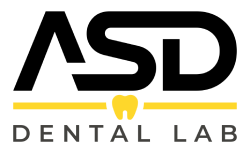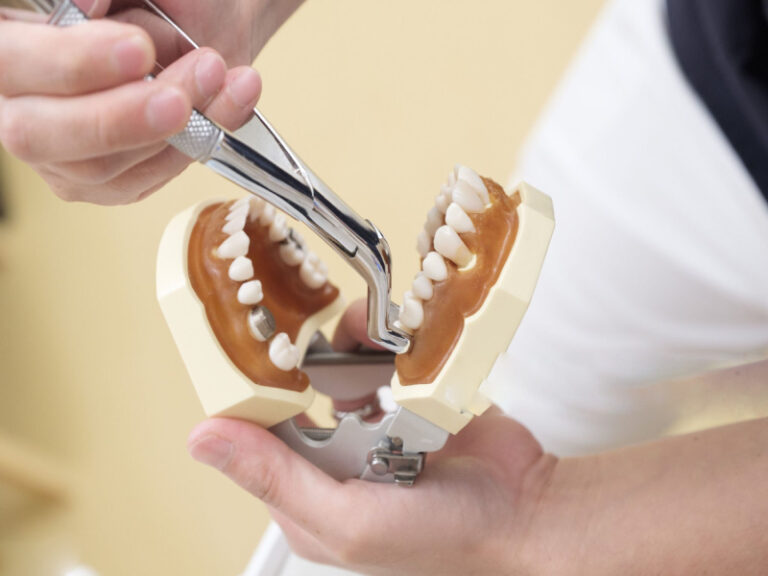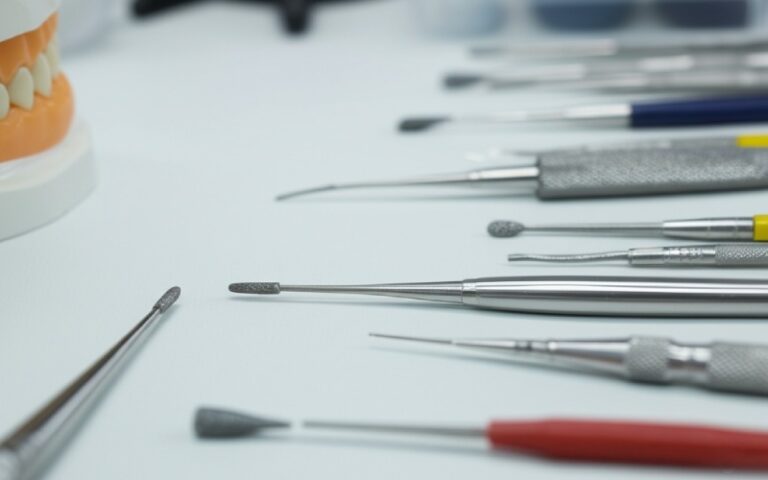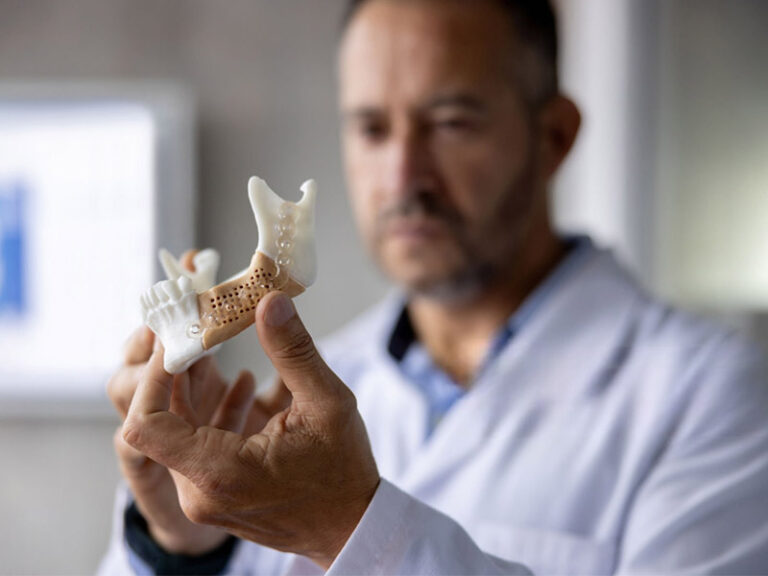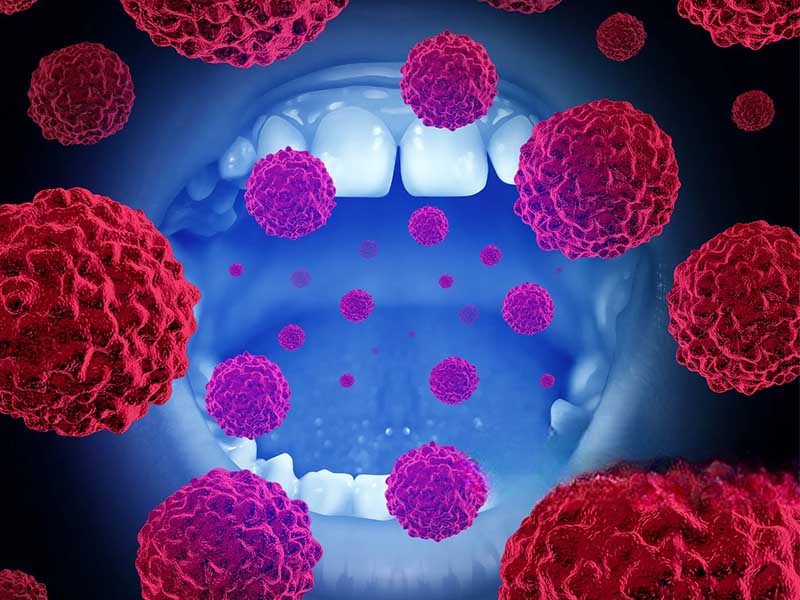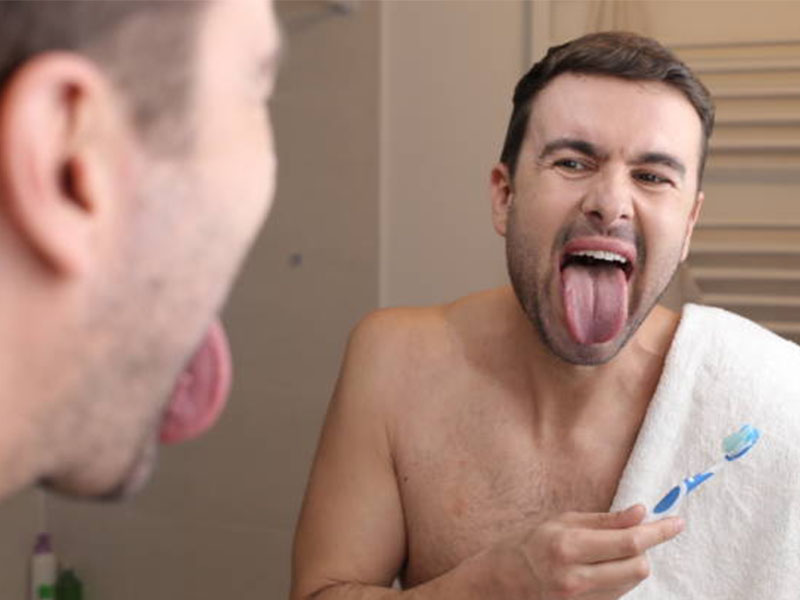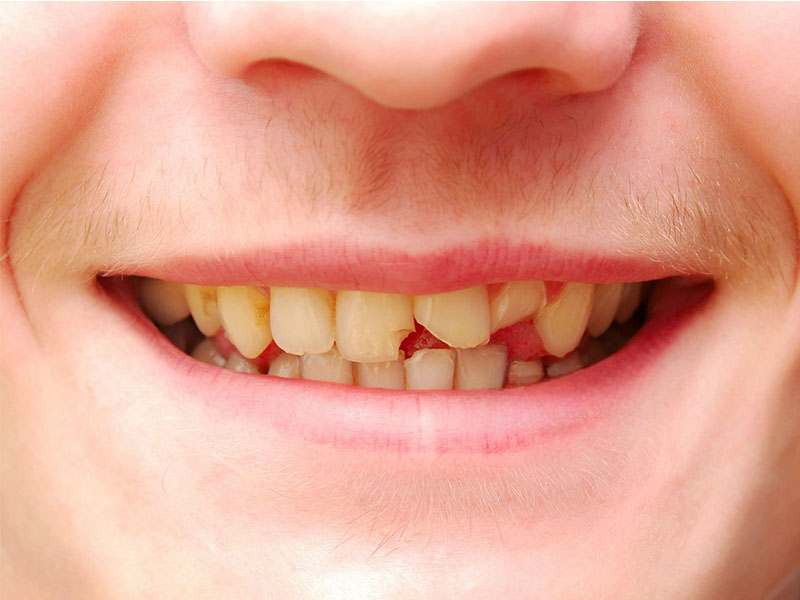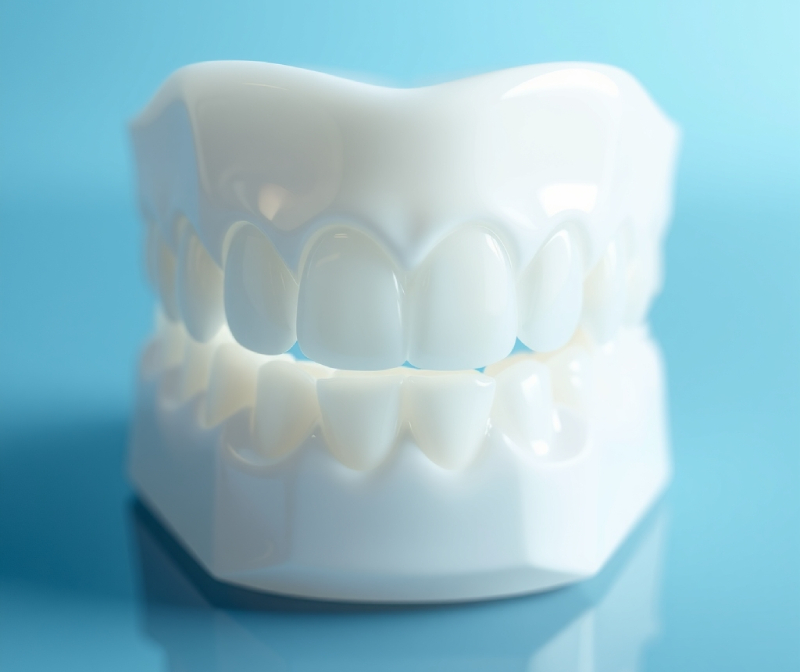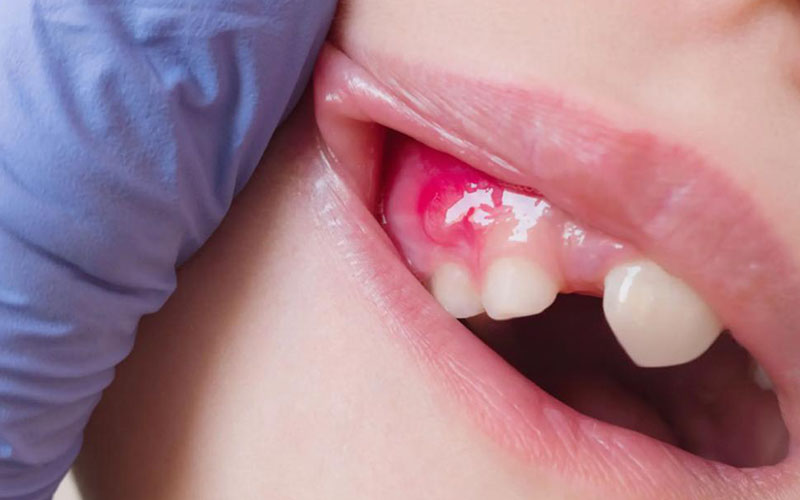
All About Tooth Abscess: Symptoms, Causes, Treatments, & Prevention
Let me be honest: when my lower jaw started to hurt for the first time, I just thought it was a regular toothache. Like a lot of people, I didn’t realize how serious that deep, steady pain could be. I had no clue it meant I was dealing with a tooth abscess. Looking back, I sure wish someone could have given me a clear, step-by-step guide about why tooth abscesses are such a big deal and how fast things can get worse if you wait.
From what I’ve gone through myself and after talking to dentists and learning a bunch, I figured out that knowing about tooth abscesses is super important. Symptoms, what causes them, how they’re treated, and especially how you can stop them before they even start—all that matters for your teeth in the long run. If you’ve ever sat around holding your cheek at midnight or sloshed salt water around hoping for the best, trust me, this article’s for you. Let me take you through what I’ve learned, using plain language, real examples, and advice you can actually use.
Table of Contents
What is a Tooth Abscess?
In my experience, you can’t fix a dental mess until you know what’s messing things up in the first place. A tooth abscess is just a small pocket of pus that shows up because of a bad tooth infection. It’s like your body builds a little wall around the germs—your immune system sends in help to trap the bacteria, which makes a bubble of pus at the end of your tooth root (a periapical abscess) or in the gums next to the tooth root (a periodontal abscess).
You’ll run into two main kinds:
- Periapical Abscess: This starts at the bottom of the tooth root. It usually happens when bacteria get into the middle of your tooth where all the soft stuff is.
- Periodontal Abscess: With this one, the problem is in the gums right by the tooth. This often has to do with gum disease or sometimes getting hurt in the mouth.
Why does this matter? Well, in my story, waiting too long almost landed me in the hospital. Abscesses don’t just hurt—they mean your body is fighting a serious germ problem. If you let it go, the trouble can move from your mouth to your jaw, neck, or even your blood. Things get risky fast.
Recognizing the Symptoms
Since I’ve been down this road, I can tell you: signs of a tooth abscess are hard to ignore. Here’s what I went through and what I’ve heard from others:
Intense Pain and Sensitivity
- Throbbing Toothache: The pain isn’t just sharp. It comes in waves. It started light, then got so bad it woke me up.
- Shooting Pain: Sometimes, that ache spreads to your ear, jaw, or even your neck.
- Hurts When Chewing: Even soft stuff like bread can feel like you’re biting rocks.
- Sensitive Tooth: Cold ice cream? No way. Hot soup? Just as bad. The tooth freaks out over any hot or cold.
Swelling and Things You Can See
- Swollen Cheek or Jaw: I woke up one day and my face was all puffy on one side. Swelling is a big warning.
- Red, Sore Gums: Gums that look puffy, hurt, or bleed real easy are a sign your mouth has a problem.
- Gum Boil (Fistula): Sometimes you see a little bump or bubble on your gum. It may leak pus—it looks nasty, but it actually helps get some pressure off.
- Bad Breath or Taste: I noticed a gross, bitter taste—that’s just more proof infection is there.
Whole-Body Warning Signs (Get Help Now!)
- Fever: If your temperature goes up, the infection isn’t just in your mouth anymore.
- Swollen Lymph Nodes: If you feel sore right under your jaw or in your neck, your body is really fighting back.
- Worn Out or Sick Feeling: It’s not just your mouth that feels bad—your whole body may feel weak.
- Hard to Breathe or Swallow: If this starts up, it’s a real emergency—call the doctor now.
You might be wondering—can an abscess just go away? From what I’ve seen and heard over and over, the truth is, they don’t. They come right back, usually worse than before if you don’t do anything.

Causes: How Does a Tooth Abscess Form?
After I finally went to the dentist, I wanted to know—why did this even happen? Turns out, cavities and gum problems let germs in.
Main Reasons:
- Bad Tooth Decay: Cavities nobody fixes go through the hard outside and into the soft middle. Bacteria love that space because it’s warm and packed with stuff they need.
- Cracked or Broken Tooth: One time I chomped a popcorn kernel and cracked my tooth, which was basically rolling out the red carpet for germs.
- Bad Gum Disease: If you skip brushing and flossing, or have lots of gunk on your teeth, your gums can pull away, making pockets that germs use as hiding spots.
- Injury to a Tooth: Even small bumps can hurt the inside of a tooth, so it’s easier for germs to cause trouble.
Who’s at Risk?
- Not Cleaning Teeth Well: I gotta admit—skipping brushing or flossing does add up.
- Lots of Sugar: Bacteria love sugar, and sugar means more cavities.
- Other Health Issues: If you have things like diabetes or get sick easy, your risk goes up.
- Old Fillings or Crowns: Dental work isn’t perfect—little leaks can let in germs.
Bottom line: not taking care of your teeth and eating a lot of sugar is a recipe for this mess. But even a small ignored crack can set things off.
How Dentists Find an Abscess
When I finally saw my dentist, I realized how much checking is needed before fixing anything. Here’s what usually happens:
Checking Your Mouth
The dentist will ask what hurts and what’s been going on. Then they’ll:
- Look Closely: They’ll check for swelling, red spots, or gum boils.
- Tap the Tooth: If they tap the sore tooth and you about jump out of the chair, that tells them a lot.
- Feel Around: They gently push on swollen spots and check if your neck feels tender.
Pictures
- Dental X-rays: These are a must. X-rays show abscesses hiding under your gums or bone damage that you can’t see.
- CT Scan: Only in big messes, like if an infection is spreading a lot, do they use this for a better look.
Sometimes your face might just look swollen, but an X-ray can show the real story. It helps the dentist know exactly what to do.
Treatment for a Tooth Abscess
Not all abscesses are the same, but the goal is always: knock out the infection, stop the pain, and keep the tooth if you can. Here’s what usually happens:
Draining the Abscess
I’ll be honest—this was a relief for me. The dentist cut open the bubble and let all the pus come out. The pressure dropped right away. Sometimes they put in a tiny drain.
Root Canal
After draining, most dentists do a root canal. It sounds scary (honestly, “root canal” used to freak me out) but it fixes things fast. Here’s how:
- Dentist removes the infected part in the tooth.
- They clean and shape inside, then fill it with a rubbery material.
- Finally, they seal up the tooth, likely putting a cap (crown) on top.
Root canals work most of the time—about 85-95%. And you get to keep your real tooth, which is always best.
Pulling the Tooth
If things are too far gone, saving the tooth isn’t possible. I had to get a molar pulled out when I was in my twenties. I didn’t want to, but sometimes it’s the only way to stop bigger problems.
- Pulling a tooth is usually quick. After, you’ll have to think about a fake tooth or a gap.
Antibiotics
Sometimes, you’ll need antibiotics if the infection is spreading or your face is swollen. But let me make this clear: antibiotics alone can’t fix a tooth abscess. They help with bad infections, but you still have to get the tooth worked on.
Common antibiotics:
- Penicillin
- Amoxicillin
- Clindamycin (if you’re allergic to penicillin)
- Metronidazole (for certain infections)
Handling the Pain
Tooth abscesses really hurt—sometimes they’re the worst pain I’ve ever had. The dentist told me to take over-the-counter meds like ibuprofen and use warm salt water rinses. I even tried clove oil, which helped a bit—I was desperate.

Problems from an Untreated Abscess
I learned the hard way: abscesses never just “go away.” They get worse and can even risk your life.
Local Problems
- Bone Infection: The germs can eat into your jawbone.
- Cellulitis: The infection moves into your skin and soft tissues.
- Gum Tunnels: Your body may make a tube for pus to drain. By that point, it’s been there too long.
Whole-Body Problems (Very Serious!)
- Sepsis: If germs get into your blood, your body can break down fast. I’ve read about folks ending up in the hospital from what started as a “regular” toothache.
- Neck Swelling (Ludwig’s Angina): Bad neck infection that can mess with your breathing. This is a full-on emergency.
- Brain or Blood Clot Problems: The mouth isn’t far from the brain. Sometimes, infection can get there—super rare but terrifying.
Dental abscesses can even mess with your heart and lungs. If your face or neck starts puffing up fast or you can’t breathe, call for help, no waiting.
How to Prevent a Tooth Abscess
I wish I’d known this stuff before, but good news—abscesses are almost always preventable. Here’s what I do now, and what I tell everyone else:
Keep Your Teeth Clean
- Brush Twice a Day: Use fluoride toothpaste, a soft brush, and don’t rush it.
- Floss Every Day: It gets rid of food and plaque your brush can’t touch.
- Mouthwash: I use a germ-killing rinse, especially after eating sweets.
Make Those Dentist Appointments
Don’t skip those every-six-months checkups. Dentists find problems before you notice them.
Eat Smart
Cut back on soda, sticky candy, and snacking all day. Fresh veggies, fruit, and cheese are way better for your teeth.
Protect Your Teeth
If you play sports, use a mouthguard. If you grind your teeth in your sleep, ask your dentist about a night guard. One bad hit can start the whole mess.
Don’t Wait with Mouth Problems
If you notice sore or bleeding gums, pain, or a tooth chip, get it checked quick. Small problems are way easier—and cheaper—to fix.
When to See a Dentist (or Go to Emergency)
If you remember one thing, remember this: mouth pain that sticks around for more than a couple of days means call the dentist. Here’s what I learned:
Call a Dentist Soon If:
- You’ve got pain that doesn’t leave, even after you try home stuff.
- You see swelling, a bump on your gum, or bad breath that sticks around.
- You get a fever or sore nodes in your neck.
Go to the Hospital or Emergency Dentist If:
- Your face or neck is swelling up fast.
- You can’t breathe or swallow easily—this means the swell is closing your throat.
- You can’t open your mouth much, get a high fever, or can’t sleep from pain.
- The pain is so bad you can’t eat, sleep, or do regular stuff.
Big emergencies don’t happen often, but they do happen. Better safe than really sorry.
Conclusion: Take Care of Your Mouth
I’ve learned first hand that a tooth abscess is not “just a toothache”—it means your whole body is fighting germs. Getting treatment quick can save your tooth, your money, and even your life. Now, I don’t skip on flossing, brushing, or seeing my dentist, even when I don’t want to.
If you’re hurting now, don’t put it off. Trust me, help is just a phone call away, and stopping abscesses before they start saves you a ton of pain and trouble.
Stay ahead of tooth abscesses, and you’ll never have to go through what I did.
Have questions or want more tips from real folks who’ve battled dental problems? Drop a comment below! Your smile—and your health—matter.
